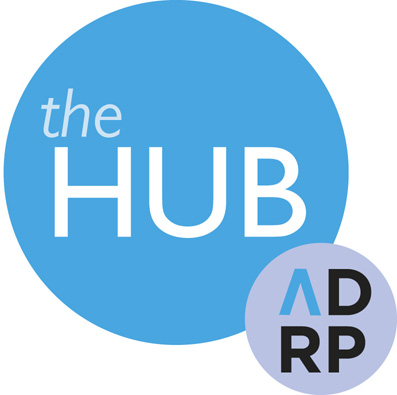 How to Ensure Employees Not Only Give, But Also Understand Impact How to Ensure Employees Not Only Give, But Also Understand Impact
Krystina Wales
Director of Donor Relations & Stewardship
Greater Baltimore Medical Center
Stewardship is all about making people feel good about the gifts they make to an organization. With employee giving, there might be an initial inclination to slack on traditional stewardship tactics because, surely, those who work for the organization already understand the impact philanthropy has on those they serve.
Unfortunately, that is not always the case. It depends on the employee's role or the department in which they work. For most employees, it can be difficult to comprehend not only the full scope of philanthropy as it pertains to what they do every day, but also how it affects the organization as a larger whole.
Soliciting employee gifts is an especially fine art. These individuals are paid by the organization for a service, so many believe they are already "doing their part" to achieve the mission of the organization. It requires an extra incentive or larger purpose to step up and make a gift. Sometimes these gifts can be the most difficult to attain.
For those employees who have already been convinced, donor relations has a special responsibility to communicate how important their gifts are to the community being served and to the organization's larger mission—acknowledging that their daily work plays a large role in the success of the organization, but also explaining how giving makes a difference beyond it.
Donor Relations has a unique opportunity in employee giving to go beyond the traditional mediums of sharing information and to develop creative concepts that illustrate impact, such as:
- Bringing vibrant, visual representations of impact on campus for all to see,
- Connecting employees to community members being served or colleagues conducting the work in real time,
- Making special appeals to employees for community-focused events, and
- Facilitating personal visits or highlights in publications and social media.
Employee giving is connected to board giving—especially in terms of marketing. Community members are more likely to give if they see that an organization's board and those closest to the mission are invested as well.
Highlighting individual employees for stepping up can be a great cultivation and stewardship tool. It can also draw attention to certain programs in need of fundraising. At Greater Baltimore Medical Center, we have a Sexual Assault Forensic Examination (SAFE) and Domestic Violence program that receives a good bit of media attention. Employees see how hard those nurses and clinicians work treating patients in the hospital, educating the community, and advocating for victims. When our annual fundraising event for the department, Walk a Mile in Their Shoes, rolls around each April, employees show up—roughly one-quarter of participants are employees.
Donors sometimes find it challenging to attend events or site visits because of schedule conflicts and other competing priorities. But employees are (for the most part) already in the right location. Taking advantage of that proximity with special site visits or discussions with them can be really meaningful to their giving. It allows them to see firsthand that they are making a difference—especially if Donor Relations can develop a way to visually represent impact.
Though I have not yet been able to make it work in my organization, I harbor an idea to put a bow on everything that has been donated to the hospital, so employees, patients, and visitors can physically see how many resources and services are the result of generous philanthropy. It's easy to say, but much more impactful to show.
Another idea I heard from an organization was placing pinwheels in a field on campus—one for each annual donor. A sea of pinwheels twirling in the breeze is a beautiful image that still sticks with me as a way to illustrate a collective impact.
Developing a strong employee giving program is difficult. But strong communication and a good feedback loop can make it easier. Donor Relations has a unique opportunity to communicate impact and solicit feedback from employees on why they give and what is meaningful to them, strengthening not only your relationships with your colleagues, but with your greater pool of donors.

Back to the September 2019 Hub
|